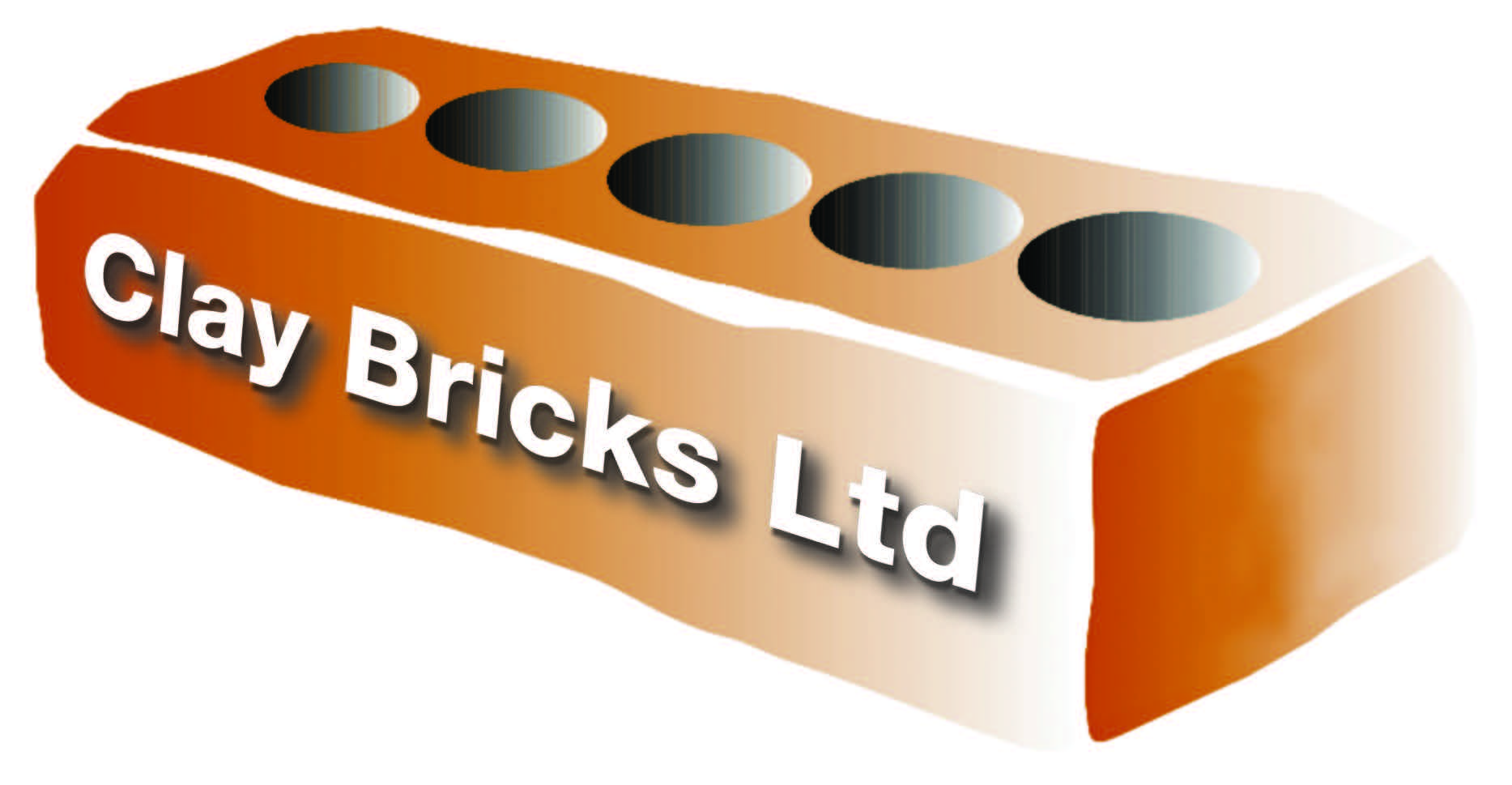Efflorescence
Efflorescence is a calcium deposit that can form on clay or concrete veneer. It appears as a white powdery and sometimes ‘fluffy’ deposit on the brick.
Efflorescence occurs where excessive amounts of water enters a veneer that has soluble salts present. When the water dries out, the salts are then deposited on the surface of the veneer. Soluble salts can enter the veneer from various sources:
- Mortar components, particularly cement.
- Soil or fill in contact with the wall.
- Sea spray in coastal areas.
- Masonry units (not a common source).
The Brick and Blocklayers Federation recommends that bricklayers protect new brick work with adequate coverings when rain interrupts construction.
Persistent efflorescence may act as a warning sign that water is entering the wall through faulty copings, flashings or pipes.
CLEANING EFFLORESCENCE
Most efflorescence will naturally disappear over time, however its removal can be accelerated by brushing with a stiff dry brush. The use of a dust pan or vacuum cleaner to collect the salts after brushing is recommended as this will prevent salts from re-entering the brickwork or any porous paving materials below.
After brushing and cleaning up, an absorbent cloth (wrung out until damp only) can be used to pick up any residue. Frequent rinsing of the cloth in fresh water is advisable. Rinsing brick work with water will only cause the salt to be re-absorbed in to the bricks and reappear when dry.
You can read the next section here:











